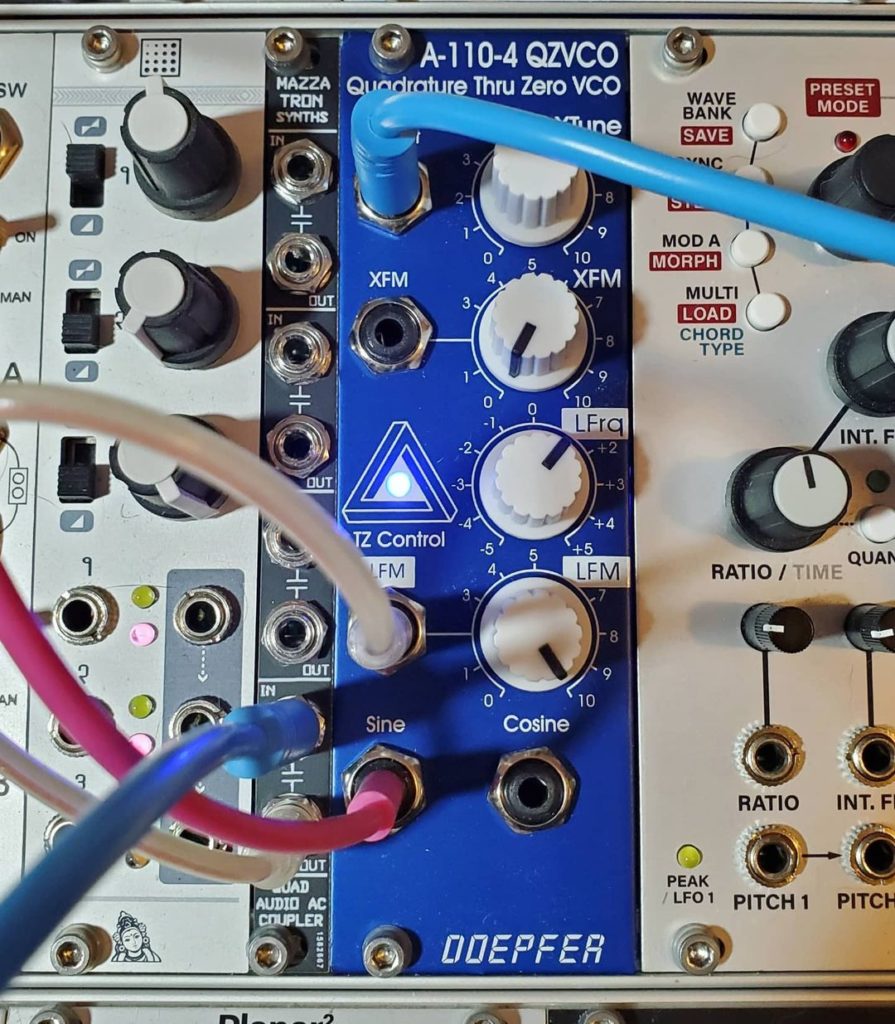New album release!
The first recording was made on November 22, so really the amount of time I’ve spent putting this album together hasn’t been that much, but it still feels like it’s been a journey. There were a couple of tracks I recorded that just didn’t work at all, as I pushed beyond boundaries where I just don’t have much artistic confidence and the results were not great. There were a couple others whose inclusion I debated, and then finally dropped one and kept the other at nearly the last minute. I had to adjust my headspace a few times to work on this project after doing other things. I spent more time than usual on the patch notes/commentary, trying to decide how much or how little I wanted to quote from or comment on Neuromancer and the cyberpunk genre in general.
But I am pleased with the finished product, and as happy to release it into the wild as I am to move along to the next project.
Our older dog Gretta had her surgery Thursday, and has been resting and recovering. When she wants to, she can stand up and walk on her own and even made it up the stairs back inside the house without being carried. She’s had some interest in at least a little food, too. Mostly she just wants to rest, with one of us nearby as a comforting presence.

Today I finished reading Musimathics Volume 2. Compared to Volume 1, it is much more relevant to music synthesis, especially digital. But the math is, by my standards, brutal — complex numbers and a lightning-fast introduction to calculus — and I wound up just skimming over a lot of it. There was still quite a bit of revelation though about how certain things work and are connected.
I don’t know if any of it will translate to actual practice, or synthesis experiments. The main lesson I took from Dr. John Chowning’s talk at KnobCon in 2019 was to try using a spectrum analyzer a bit more, but I haven’t really made it a habit. Much of the same material was presented in this book in a briefer form (and without the live audio examples) in its section on FM.
The book does make me wonder why there aren’t more modules out there to let people experiment with waveguide synthesis. Simple Karplus-Strong is okay, but having scattering junctions — simple bipolar mixers — would allow for modeling plucking or bowing in the middle of a string with two ends, and all the reflection and radiation of sound waves that happens. I suppose Rings, Plonk and Surface do this in a closed system (though Rings does have an input, which is a big deal), but I’d like to see a module designed for experimenting with it. Just using Mimeophon allows me to have a terminated string, but the impulses go into one end and radiate from both ends, rather than being able to pluck the string in the center. So it’s a little off, but still useful.
Also I feel inspired to play more with distortion synthesis, though probably a lot of that will be in Bitwig Grid as I’ve done already. The many kinds of shapers and phase distortion modules, and the wavetable oscillator are all good for that.
Unrelated to the book, I might reinstall FM-8 and start using more clean FM patches in my music. If it weren’t for my 2021 pledge I would consider trading the Kasser DAFM synth for an Elektron Model: Cycles, a Volca FM or even the new Korg OpSix, but software might honestly be just as practical and I might still want that noisy YM2612 anyway, so I’m glad I have the brakes on.

The other thing I finished reading today was Bullshit Jobs: A Theory. If that sounds a bit familiar, there was a widely circulated article a few years ago. This is a greatly expanded discussion of the phenomenon, the causes, the likely political two-way feedback and a potential fix (UBI).
One reason why bullshit jobs are tolerated — rather than automation and efficiency allowing us to have a 15-hour workweek or most people being able to lead lives of leisure and independent projects, as was predicted in the early-mid 20th century — is a culture where working, though widely hated, is also considered necessary to be a full, functional human being. Behind this work ethic (and disdain for the unemployed poor and living “on the dole”) is the idea that work is punishment, but punishment is good for you.

I also watched Donny Darko today. I’ve seen occasional references to it online, and there are samples from in it a few songs, but I’d just kind of skipped over it until now. It’s 20 years old now.
People have said it tends to be a love-it-or-hate-it movie, but I thought it was entertainingish and not necessarily brilliant and thought-provoking. It’s got its funny bits, but some don’t really hold up in 2021 that well I think. But at least now I get the references.

:strip_icc()/pic244189.jpg)
:strip_icc()/pic804163.jpg)
:strip_icc()/pic1757153.jpg)









